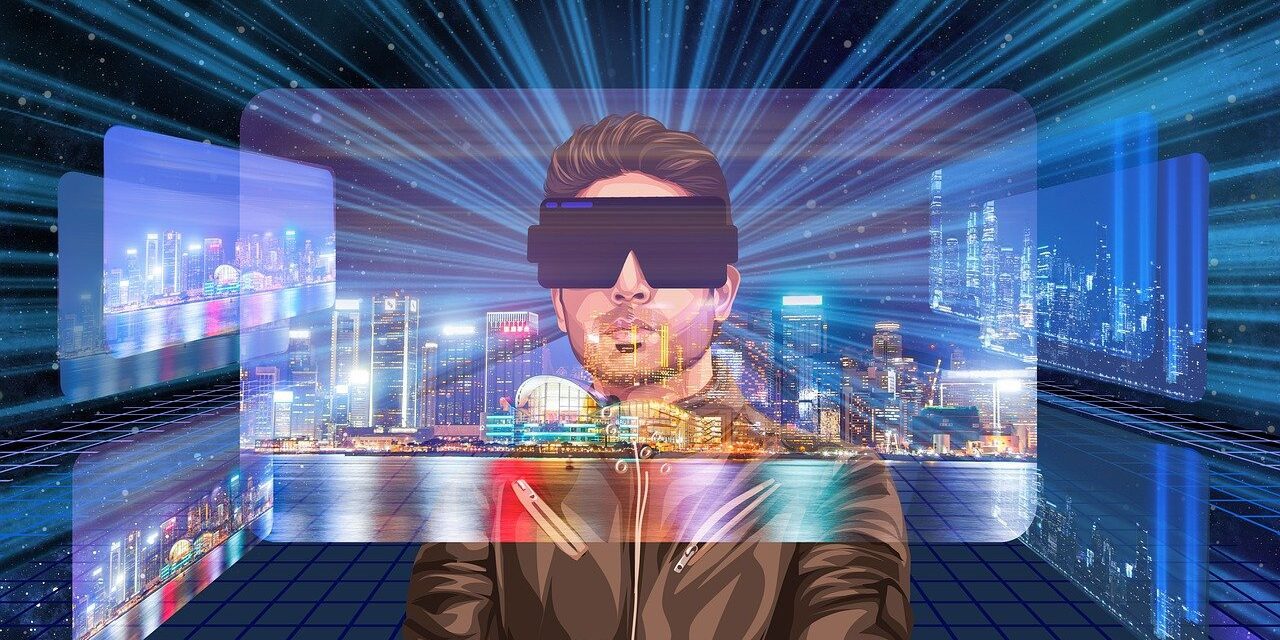Introduction to Evolution of the Metaverse
Evolution of the Metaverse In the realm of technology and innovation, few concepts have garnered as much attention and excitement in recent years as the “metaverse.” This term, which was popularized by science fiction and gaming communities, refers to a virtual, interconnected universe where people can interact with each other and digital environments in real-time. While the metaverse may still seem like science fiction, it is rapidly becoming a tangible reality, promising to revolutionize the way we experience the digital world. In this blog post, we’ll explore the evolution of the metaverse and its potential to reshape the landscape of virtual reality.
The Birth of Virtual Reality
Before delving into the metaverse, it’s essential to understand the foundation upon which it is built: virtual reality (VR). VR technology has been in development for several decades, with early experiments dating back to the mid-20th century. However, it wasn’t until the last decade that VR became accessible to the masses, thanks to advancements in hardware and software.
The emergence of devices like the Oculus Rift and HTC Vive brought immersive VR experiences to consumers. Gamers, in particular, embraced VR as a new frontier in gaming, offering unparalleled levels of immersion and interactivity. Yet, these early VR systems were primarily standalone experiences, isolated from the broader digital world.
The Rise of the Metaverse
The metaverse represents the natural evolution of virtual reality, transcending the confines of isolated experiences and bringing a sense of interconnectedness to the digital realm. It envisions a world where users can seamlessly navigate between different virtual environments, much like we navigate the internet today. This interconnectedness extends beyond gaming, encompassing social interaction, education, work, and entertainment.
One of the driving forces behind the metaverse’s rise is the convergence of various technologies. Augmented reality (AR), virtual reality (VR), artificial intelligence (AI), blockchain, and 5G networks are all contributing to the creation of a metaverse ecosystem. These technologies enable realistic and immersive virtual worlds, persistent online identities, and the decentralized economies necessary for a thriving metaverse.
The Metaverse in Action
Several companies are already taking significant steps toward building the metaverse. Facebook (now Meta) announced its commitment to developing the metaverse and has been investing heavily in AR and VR technologies. Companies like Epic Games, the creators of Fortnite, are building virtual platforms where users can socialize, create content, and even attend concerts within the metaverse.
In the business world, the metaverse is also making its mark. Remote work and virtual collaboration tools have become more crucial than ever, with platforms like Spatial and Microsoft Mesh allowing users to meet and collaborate in virtual spaces. This trend has the potential to reshape the way we work and interact, offering new possibilities for remote teams and global collaboration.
Challenges and Concerns
As exciting as the metaverse’s potential is, it also comes with its fair share of challenges and concerns. Privacy and data security are paramount, as users will be spending significant amounts of time in these digital spaces. Questions about content moderation, digital ownership, and equitable access are still being debated.
Additionally, the metaverse’s development must address issues of accessibility, ensuring that it is an inclusive and diverse environment for all users. It must also grapple with potential negative consequences, such as addiction, social isolation, and the blurring of the lines between reality and the virtual world.
Conclusion of Evolution of the Metaverse
The metaverse represents a paradigm shift in virtual reality, ushering in a new era of interconnectedness, collaboration, and innovation. While it may still be in its early stages, the potential it holds is nothing short of transformative. As technology continues to advance, we can expect the metaverse to become an integral part of our digital lives, bridging the gap between the physical and virtual worlds.
However, as we embark on this journey into the metaverse, it’s essential to remain vigilant and address the challenges that arise along the way. By doing so, we can ensure that the metaverse becomes a positive force for humanity, enhancing our lives and expanding our possibilities in the digital age.





